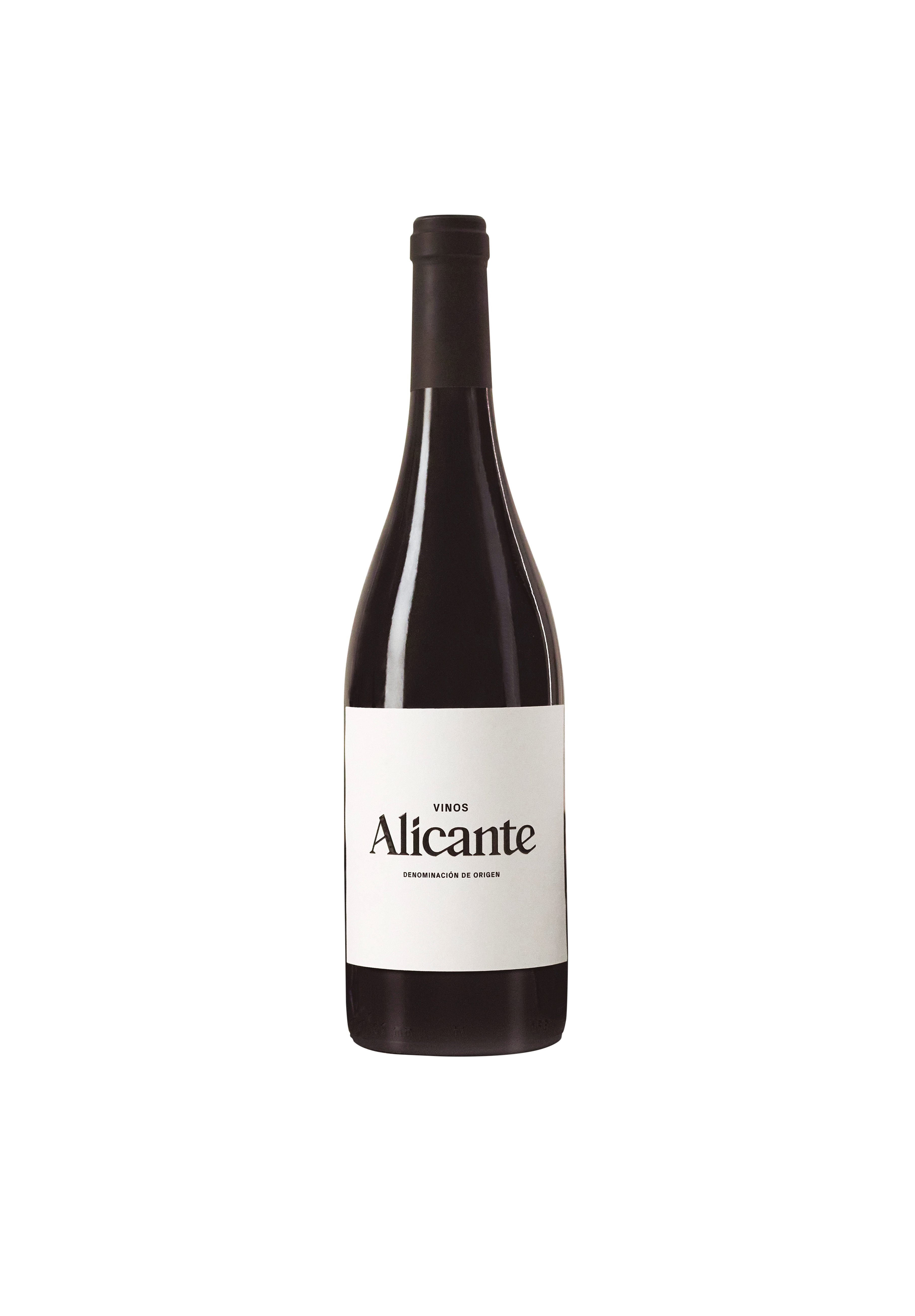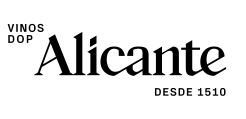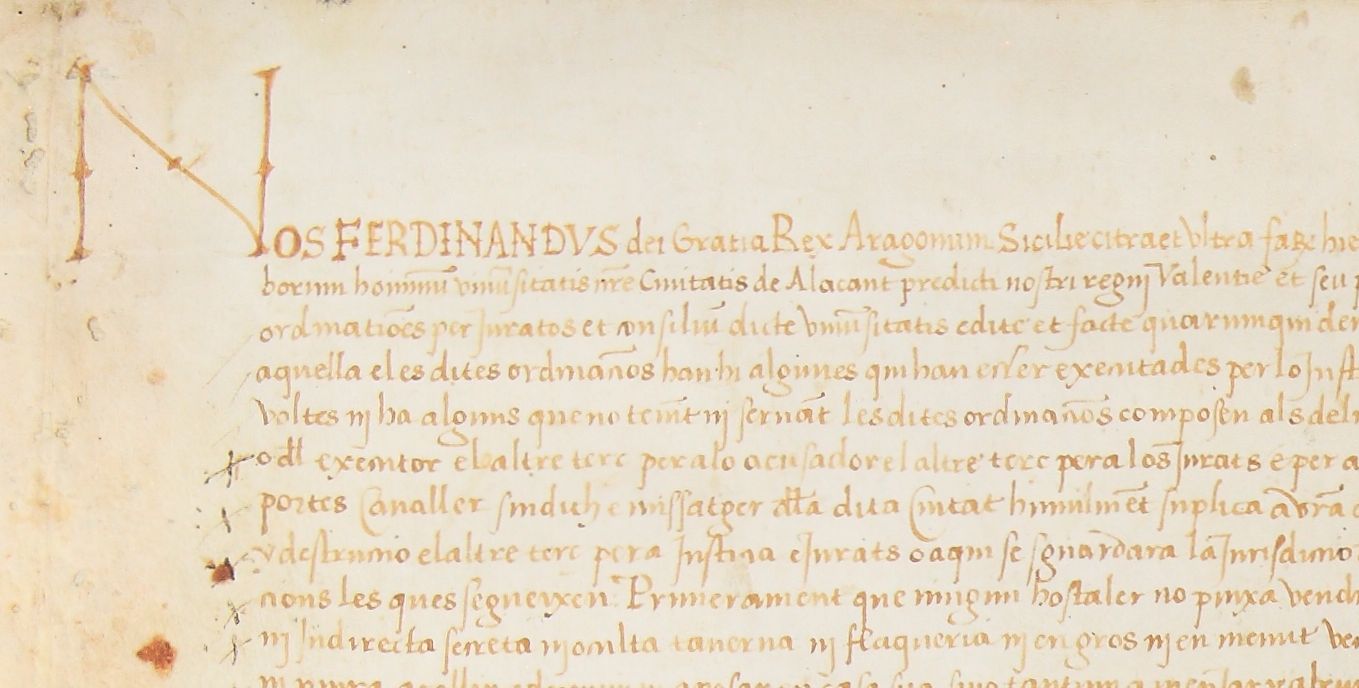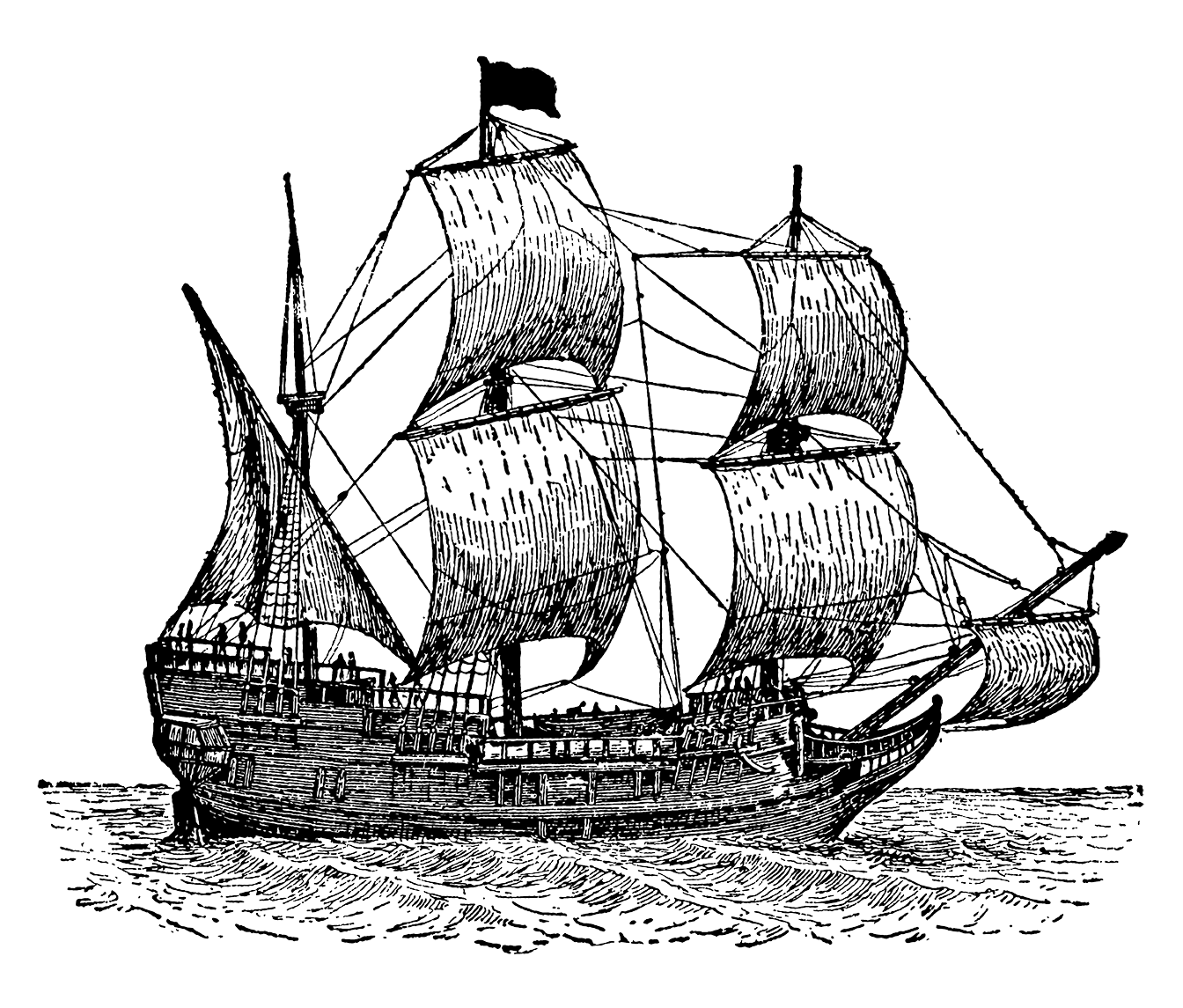VINOS ALICANTE DOP

BACKGROUND OF THE CREATION OF THE BOARD
But before 1510, Pedro de Osma demanded that the king take measures against the massive entry of wines into the city. Something was happening to demand more control and specific regulation on this product. And it is that, in addition to economic interests, there was the matter of exportation and quality care. That is why what is exceptional is the creation of this privilege, its ratification.
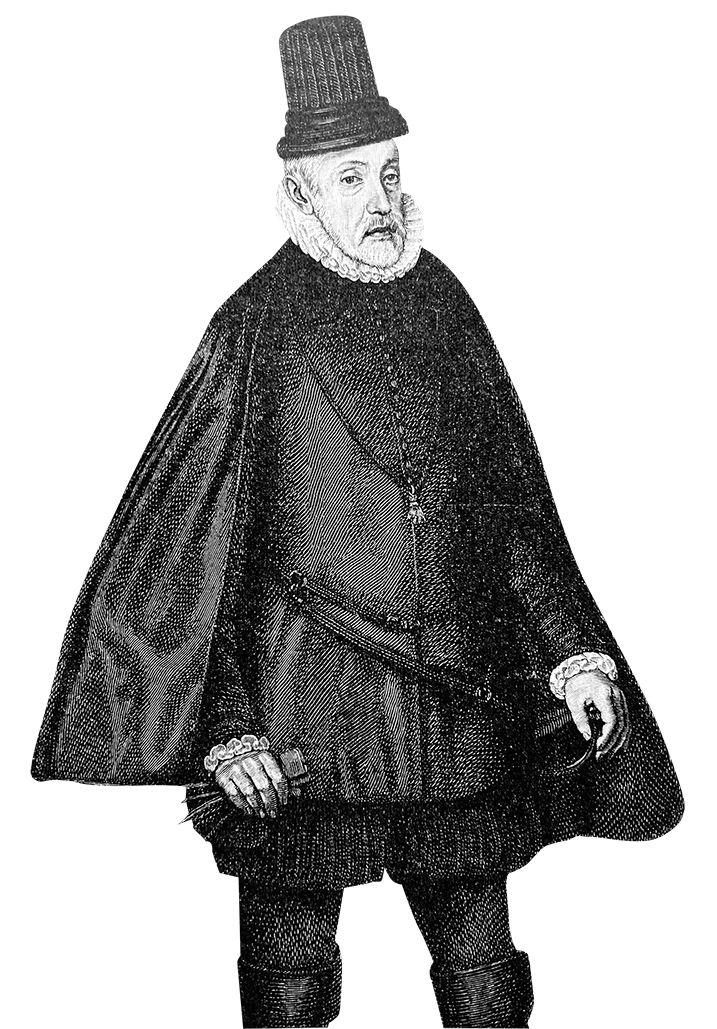
THE JIVFA
The Board was established within the City Council itself and it is there where it was developed and supervised with the participation of different agents.
WHO FORMED PART OF THE BOARD
Occasionally members of the clergy appear. Among the councilors were also those of lower rank, meaning that there was a certain popular participation. There were no dealers or distributors. Of course, it must be understood that among the main group were some of the main harvesters from the large farms of Horta D’Alacant.
During its operation the number of members varied. The municipal clerk and other positions were added. The model was similar to the one currently constituted in a regulatory council, although inversely in this modern case, since the government is in the hands of the producers themselves and not the administration that protects, but does not intervene.
The election of the memberswas also by vote, through a curious arbitrary system of sacks with beans and proposals that comes from the Middle Ages.
The meetings were convened several times a year, although according to what is recorded, a meeting in November was almost alwaysheld, just as the harvest wasfinishing. And many other meetings were held to deal with lawsuits, incidents, etc. The meetings took place first in the “archiu de la sala nova” and later in the chapter house, which would correspond to the current plenary hall of the town hall.
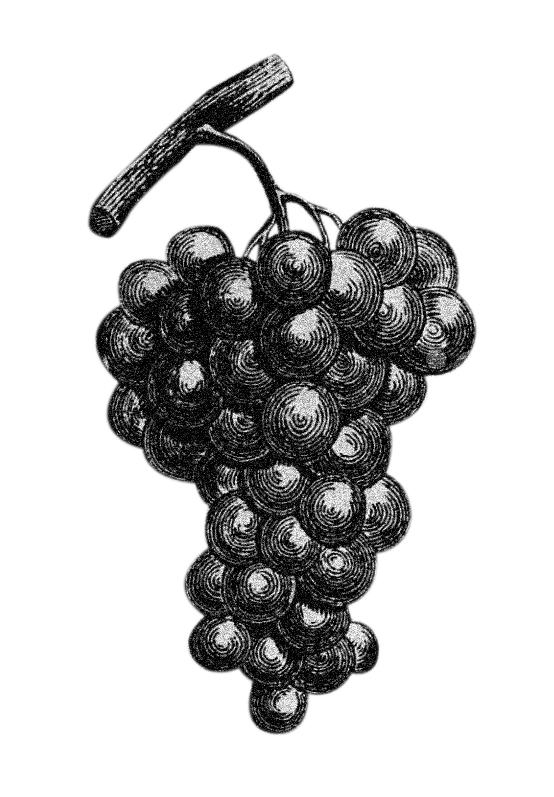
According to the established model, the wine that left the port of the city for export, had to be only that of the city.
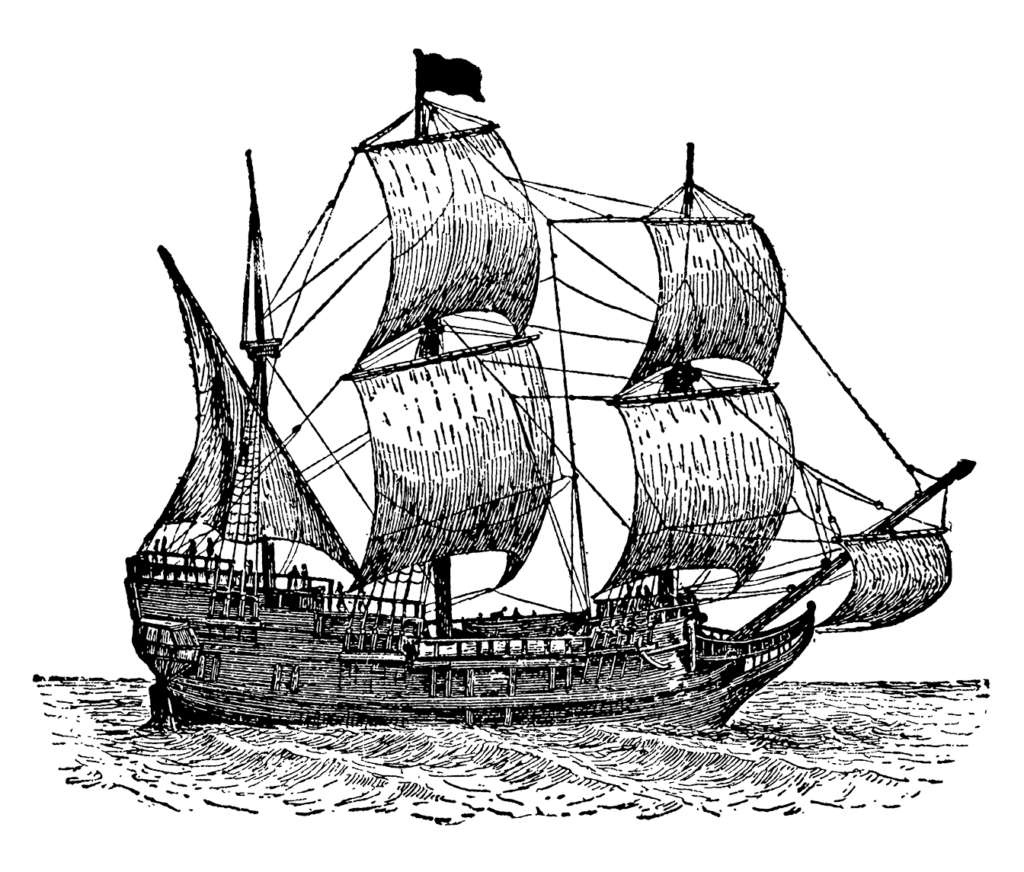
SOME SPECIFIC FUNCTIONS
And to control the trade, the board creates a surveillance system from the field to the consumer. Key in the process are the entrance doors to the city that are authentic customs where all the documentation of origin of the wine must be presented and where control charges are established. Likewise, consumption in taverns is monitored so that they are the final destination, but also so that they are not adulterated in them. And in this system, a certain model of tasting is even developed, very primitive, by which the agents “seem” to detect the wine that is not from the city by some traits such as color or aromas. And of course, there is the wine that goes to the port of the city for export, which has to be, according to the established model, only that of the city.
STRUCTURE DEVELOPMENT
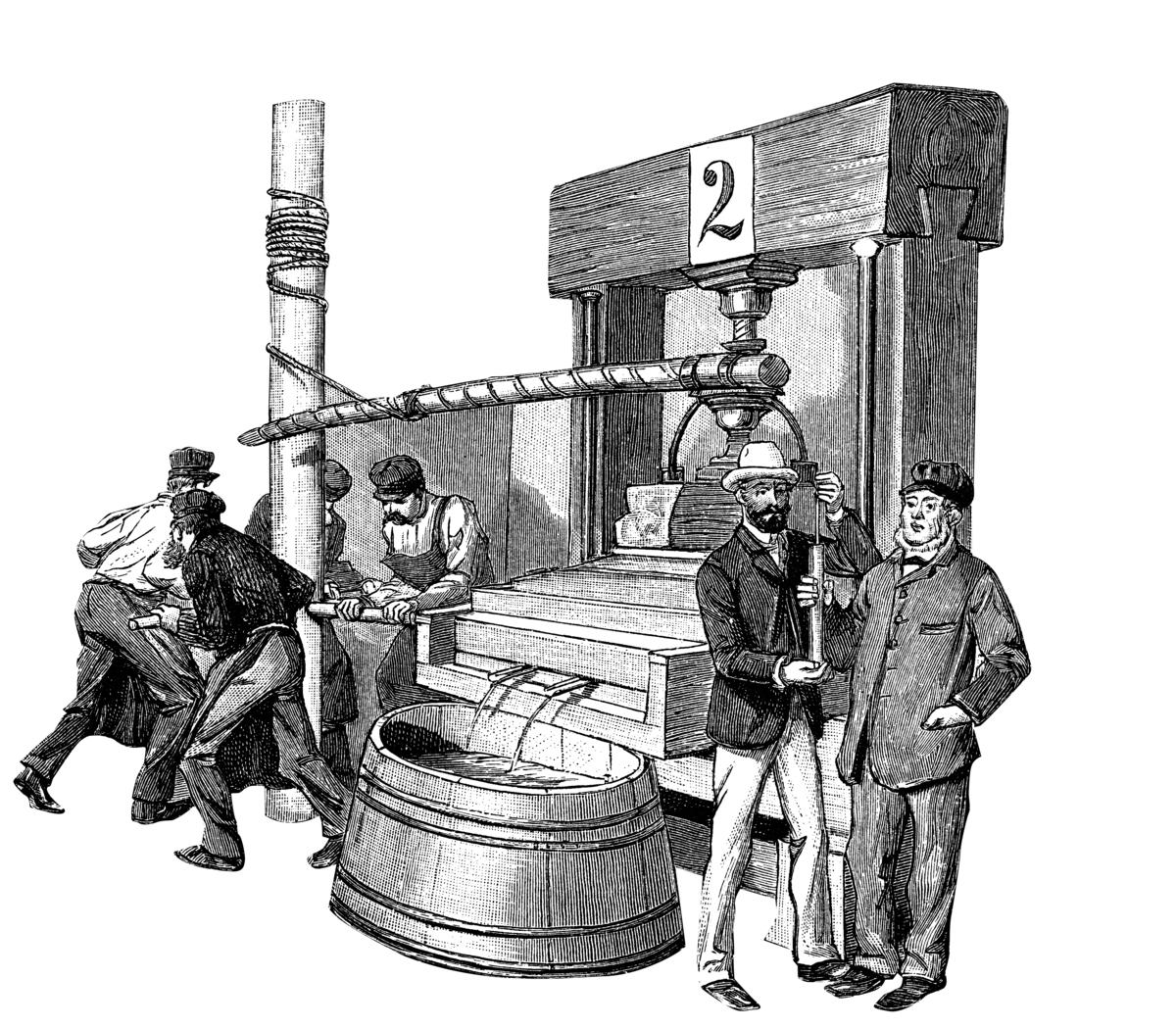
Trustees
Wine Commissioner
Visiting commissioners
Door worshipers
Wine cellars
Wine custodians
Secretarial Officers
Customs officials
Runner and trumpet player
Attorney
Bookbinder
UNTIL WHEN IT WORKED
OTHER ELEMENTS REGISTERED AT THE BOARD
In basic terms, young wine was differentiated from aged wine, to distinguish what was typical of each harvest from what could be stored. But there are also mentions of white wine, Vermell, malvasías and muscat(Vermell or blanc), raisin wines, romania, vernaccia, bastard, and of course, although at a later time, aloque (clarete) and fondillón.
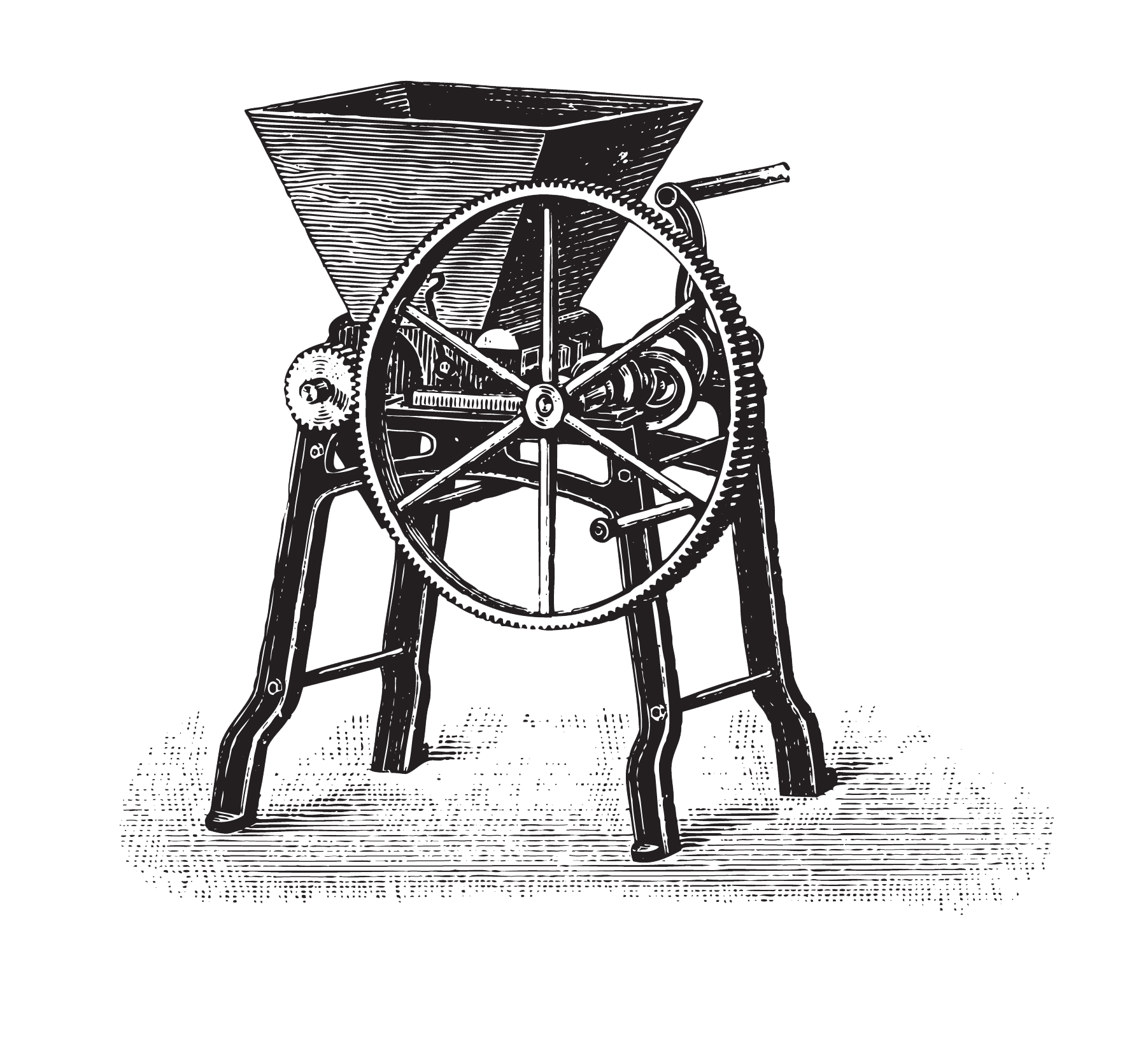
THE EXCEPTIONALITY OF THE BOARD
NOWADAYS
